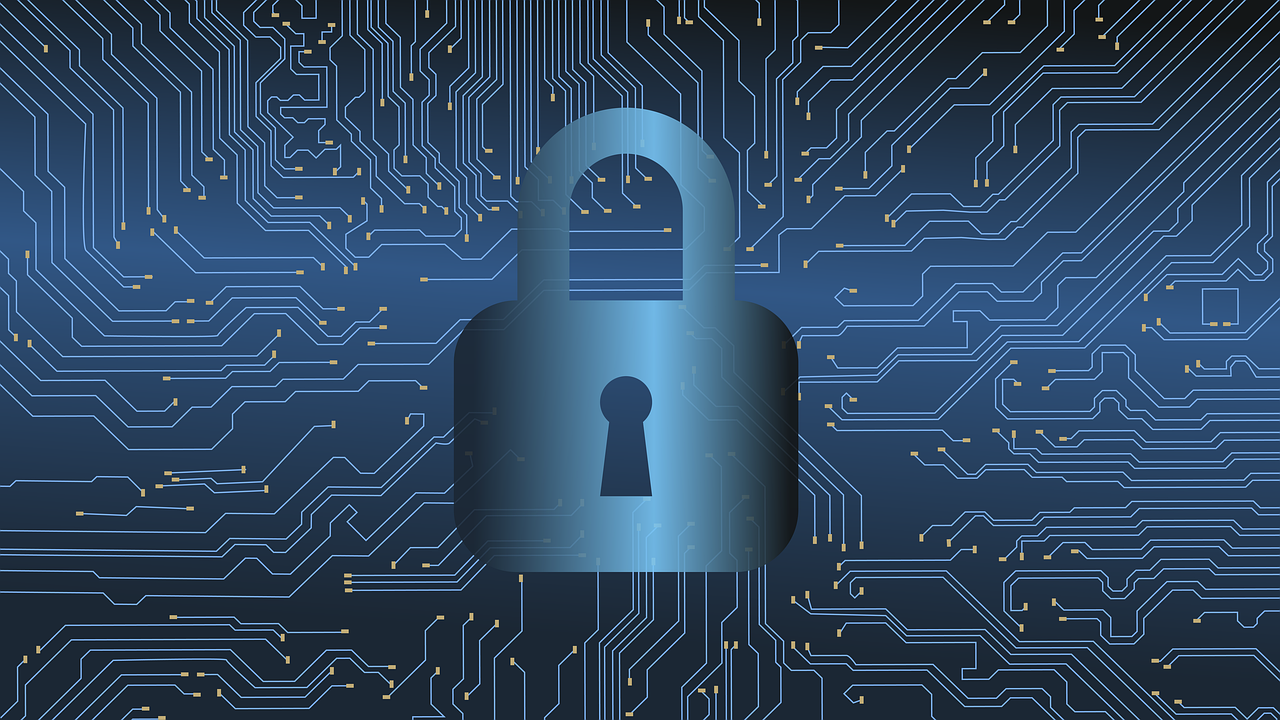
A cybersecurity audit helps you create a complete picture of your security strategy.
Cybercrime has emerged as a widespread issue in modern society, posing a significant threat to individuals and businesses alike. The alarming statistics speak for themselves: in 2018 alone, there were over 812.67 million recorded instances of malware infections, and cybercrime witnessed a staggering 600% surge in 2020. It is estimated that ransomware attacks will cost companies over $6 trillion annually by 2021.
To safeguard your company and personal interests, it is crucial to prioritize cybersecurity. While you may have implemented certain strategies to combat hackers and malicious cyber activities, it is imperative to ensure the effectiveness of your existing measures. This is where cybersecurity audits come into play.
In this article, we delve into the concept of cybersecurity audits and provide essential tips for successfully conducting one within your organization.
Understanding Cybersecurity Audits
Think of a cybersecurity audit as a comprehensive examination of your implemented cybersecurity strategies. The primary goals of an audit are twofold:
Identify any vulnerabilities or gaps in your system and take appropriate measures to address them.
Create a detailed report that showcases your readiness to defend against potential cyber threats.
A typical cybersecurity audit consists of three key phases:
Assessment: In this phase, a thorough evaluation of your existing system takes place. This includes reviewing your company’s computers, servers, software, and databases. Additionally, access rights and the effectiveness of hardware and software employed for defense against cyber attacks are examined. The assessment phase often reveals security gaps that require immediate action.
Assignment: Once the assessment is complete, appropriate solutions are assigned to address the identified issues. This may involve assigning internal professionals to implement the solutions or seeking external contractors for assistance, if necessary.
Audit: The final phase involves conducting an audit after the proposed solutions have been implemented. This serves as a comprehensive check of the new system’s functionality and ensures that all installations, upgrades, and patches operate as expected.
Essential Tips for a Successful Cybersecurity Audit
To ensure that your cybersecurity audit yields the desired results and effectively addresses potential security gaps, consider the following tips:
TIP #1 – Regularly Update Security Systems
Cyber threats are constantly evolving, with hackers continually devising new techniques to breach existing security protocols. Therefore, it is crucial to check the age of your company’s cybersecurity solutions regularly. Stay updated by implementing manufacturer-recommended updates promptly. If the software you are using is no longer supported by the manufacturer, it is a clear indication that a change is necessary.
TIP #2 – Identify Potential Threats
During your cybersecurity audit, it is essential to identify the most significant threats your organization may face. This requires a careful assessment of various factors. For instance, systems containing customer information demand a focus on data privacy, with potential threats arising from weak passwords, phishing attacks, and malware. Internal threats can also emerge from malicious employees or incorrect access rights granted to individuals who should not have access to specific data. Additionally, allowing employees to connect their personal devices to the company network can introduce risks due to a lack of control over the security of those external devices. Understanding the potential threats enables you to tailor your solutions accordingly.
TIP #3 – Educate Employees
It is vital to educate your employees on cybersecurity best practices as part of your audit process. Merely identifying threats and creating response plans is not sufficient if your employees lack the knowledge to implement these measures effectively. To address this, develop a comprehensive plan that covers the following:
Various threat types and how to recognize them.
Resources employees can access for additional information on identified threats.
Appropriate contacts to notify if a threat is detected.
Timelines for
rectifying threats.
Rules regarding the use of external devices and accessing data on secure servers.
Remember, cybersecurity is not solely the responsibility of the IT department; it requires the collective vigilance of every individual within the organization. By educating employees about potential threats and appropriate responses, you enhance the overall defense against future cyber attacks.
Audits Enhance Security
Cybersecurity audits provide a vital opportunity to evaluate your security protocols, identify vulnerabilities, and stay up-to-date with the latest cybersecurity threats. Neglecting regular audits puts your business at risk of relying on outdated software and inadequate protection against evolving cyber threats.
The need for regular cybersecurity audits emphasizes the importance of maintaining robust security measures. By continuously improving your cybersecurity posture, you instill confidence in both yourself and your customers.
If you require assistance with conducting a cybersecurity audit or lack the necessary expertise, we are here to help. We offer a no-obligation 15-minute consultation to discuss your current systems and explore possibilities for improvement.


